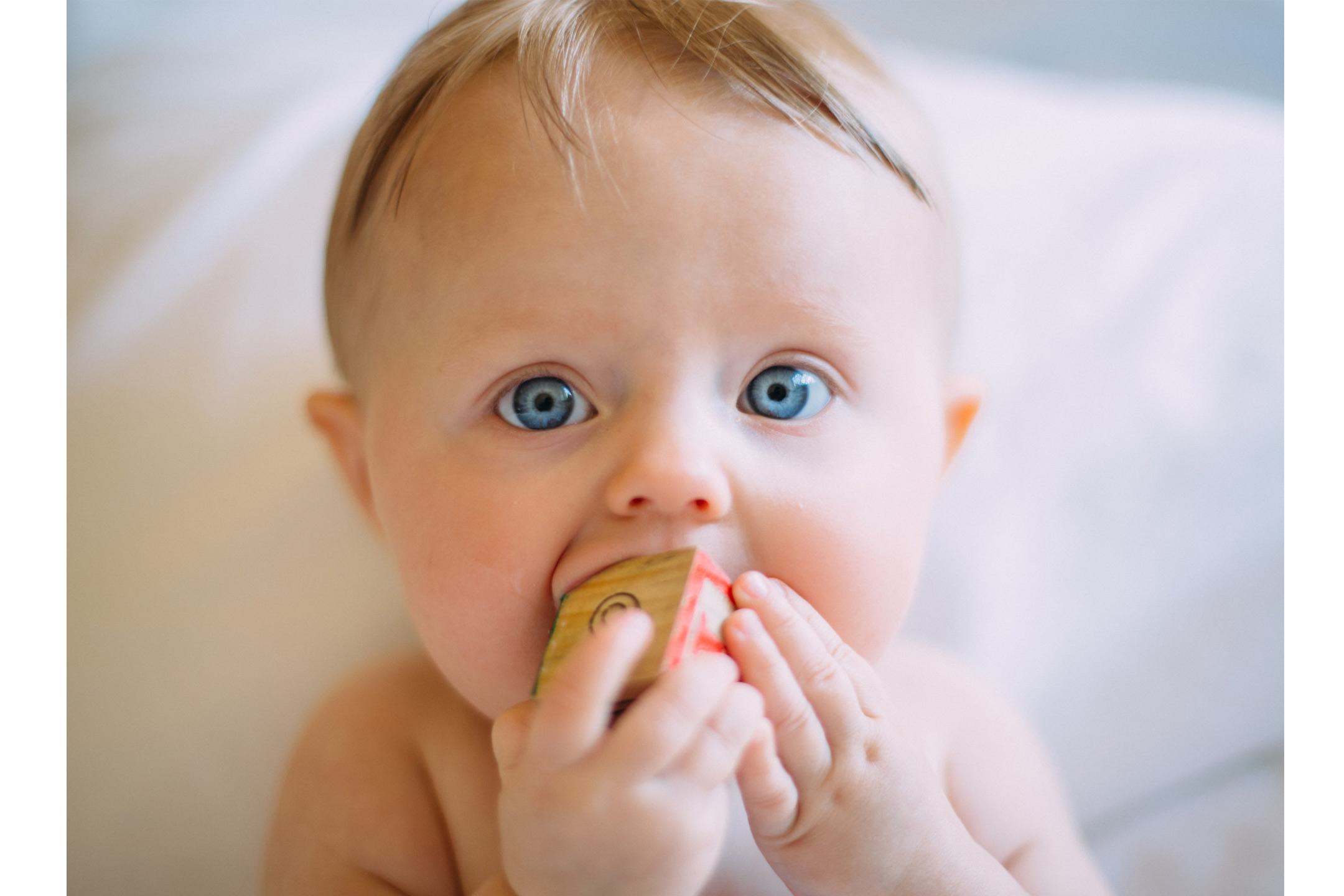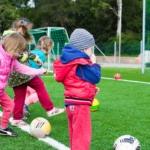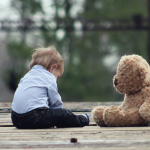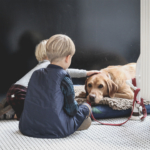
08 Feb how parents can help keep their infants free from harm
Philippa Macken writes about safety issues and how parents can help to keep their infants free from harm.
Bringing a newborn home is an exciting milestone when parents leave the hospital with precious cargo and important responsibilities. The home and the car can feel like a Pandora’s box of life-threatening risks, and keeping a baby safe starts with the careful selection of infant equipment.
Organisations such as Kidsafe, Red Nose (formerly SIDS and Kids), and the Australian Competition and Consumer Commission (ACCC) provide up-to-date advice, product information and guides to help parents safeguard against accidents, starting with the baby car capsule.
Christine Erskine, executive officer at the child accident- prevention foundation Kidsafe, believes parents are doing the right thing in purchasing appropriate baby car capsules but often fail to install them properly. “The instructions that come with new baby capsules can be difficult to follow,” she says. “It’s important firstly to visit an authorised fitter who can show you how to use the capsule and give you a lesson in installation.”
Kidsafe’s ‘Seat Me Safely’ program has information on what to look for in a capsule or child restraint, how to place these in your vehicle, and safety tips. The ACCC’s product-safety website also includes a guide to ensure the style of restraint suits your child’s size and weight.
Once your baby arrives home, there are many safety issues to consider, and Jill Green, who has more than sixteen years experience working within the Red Nose organisational structure, believes the key for new parents is planning ahead. “You need to talk about setting up a nursery long before your baby is born,” she says.
In 2020, there were 100 SUDI deaths across Australia. SUDI includes deaths from SIDS as well as deaths from other unexpected causes such as drowning.
- QLD – 31
- NSW – 31
- VIC – 19
- WA – 13
No data is available in other states or territories
“This shows us there are as many incidents of fatal sleeping accidents as there are SIDS, and parents need access to the correct information to help them sleep their baby in a manner that reduces the risk of either,” says Green. “Sleep accidents include babies who become wedged between the side of a mattress and portable cot, or who suffocate by rolling into a pillow or soft toy.”
The ACCC’s resource ‘Your First Steps’ explains the first steps parents can take for infant product safety. The guide points out what to look for when buying nursery furniture and provides resources to use. Red Nose encourages parents to only purchase cots that comply with Australian Standard 2172 for safety and be wary of those received as a gift or bought from markets and garage sales, as they may not meet the standard. “Second-hand items may present a safety risk to the baby,” says Green. “Things to watch out for include missing parts, sharp edges and rough repairs, which may prevent a mattress from sitting snugly inside the frame. Keep in mind, cots made before 2005 may not meet the current Australian Standard, so it’s really important to stay up-to-date.”
The ACCC advises it is illegal for retail, second-hand shops and internet sites to supply antique cots that do not come with mandatory certificates and labels. Green says Red Nose would like to have the power to take unsafe products off the market, “but the bottom line is, we can only warn people”. “It comes down to the responsibility of individual retailers,” she says. “That’s why it’s so important for parents to make use of the resources available to stay informed about the latest risks and Australian Standards.”
Unlike cots, there are no mandatory safety standards for bassinettes, baby slings or baby hammocks. A spokesperson for the ACCC says while these items have not been responsible for significant levels of injuries in Australia, the commission has surveyed the marketplace to ensure the items come with appropriate warnings and safety features. Bassinette safety guidelines are included in the ACCC’s ‘Keeping Baby Safe…’ guide. As a rule of thumb, bassinettes need a wide, stable base, with breathable sides at least 300mm higher than the top of the mattress base, to stop the baby from falling out.
“As with standard cots, it’s essential the mattress is well-fitting, not tilted or elevated, and no thicker than 75mm,” says Green. “Ensure baby’s face and head remain uncovered – no bonnets, hats or hoods in which a baby may become tangled if they roll over. Loose bedding is another danger; save doonas and pillows until a child is old enough to sleep in a normal bed.”
Red Nose emphasises that bassinettes should be used for a short period only and that once a baby becomes active and starts to roll, it is best to place them in a safe cot.
“Elevating a mattress for babies introduces a host of hazards,” she says. “The baby is more likely to slip down the cot and become completely covered by bedding, and if a pillow is used for elevation, the baby may roll into it and suffocate.” She says parents will need to carry out their own risk assessment regarding baby hammocks and slings. “Babies often lie in a ‘C’ position in a sling, where the chin is pushed down on to the baby’s chest, making it hard for them to breathe. If your baby is in a sling, ensure you can see their face at all times.”
According to Green, only three types of nursery products meet Australian Standards for sleeping a baby: the household cot, portable cot and pram. “Remember, beanbags don’t make the grade,” she says. “And it’s essential parents are clear that prams should never be used unsupervised, or as a permanent place to sleep the baby.”
All strollers must include a permanently attached safety harness for the child, which includes waist and crotch straps, as well as a tether strap.
As well as nursery equipment and pram safety issues, babies are prone to choking. From dummies worn away until they are falling apart to older children’s Lego pieces, babies are surrounded by small objects they may place in their mouths. These include button batteries found in car keys and remote controls. According to Queensland Injury Surveillance Unit Director Dr Ruth Barker, an estimated four children each week present to an emergency department with a button-battery-related injury. “Babies are often given keys to chew on, and if a button battery is swallowed, it burns them internally,” says Erskine. “Remember, anything smaller than a ping-pong ball is a potential choking hazard.” Babies love to explore, and bags are often a treasure trove of keys, coins and medication, all of which can harm infants.
Creating a safe home environment for children of different ages is a challenge, and it’s often hard to predict when a stationary baby will become mobile. “When the baby is five months old, it’s time to get down on the floor and crawl around to see what could present a safety problem,” says Erskine. “We advise parents to mark this date on the calendar as a reminder.” Likewise, around the age of nine months, survey the house for potential risks for the coasting/walking child. Are alcohol and poisons stored in a childproof cupboard? Are sharp edges covered on furniture? Is furniture placed away from windows to prevent climbing? “Falls from windows are most common in children aged 18 months to five years, and they tend to happen because people assume a fly screen will prevent a fall,” says Erskine. “This is an age group that loves to climb, and it’s essential that cots, beds and chairs not be placed directly under windows. Parents should also remove blinds and curtain cords, which could present a strangulation risk.”
While keeping babies and toddlers safe requires constant vigilance, it needn’t be an overwhelming chore. Says Jill Green, “The idea is to treat it like a simple checklist. Examine the home and car, check the products within these two places and then evaluate how the baby will live within this environment.”
For More Information:







